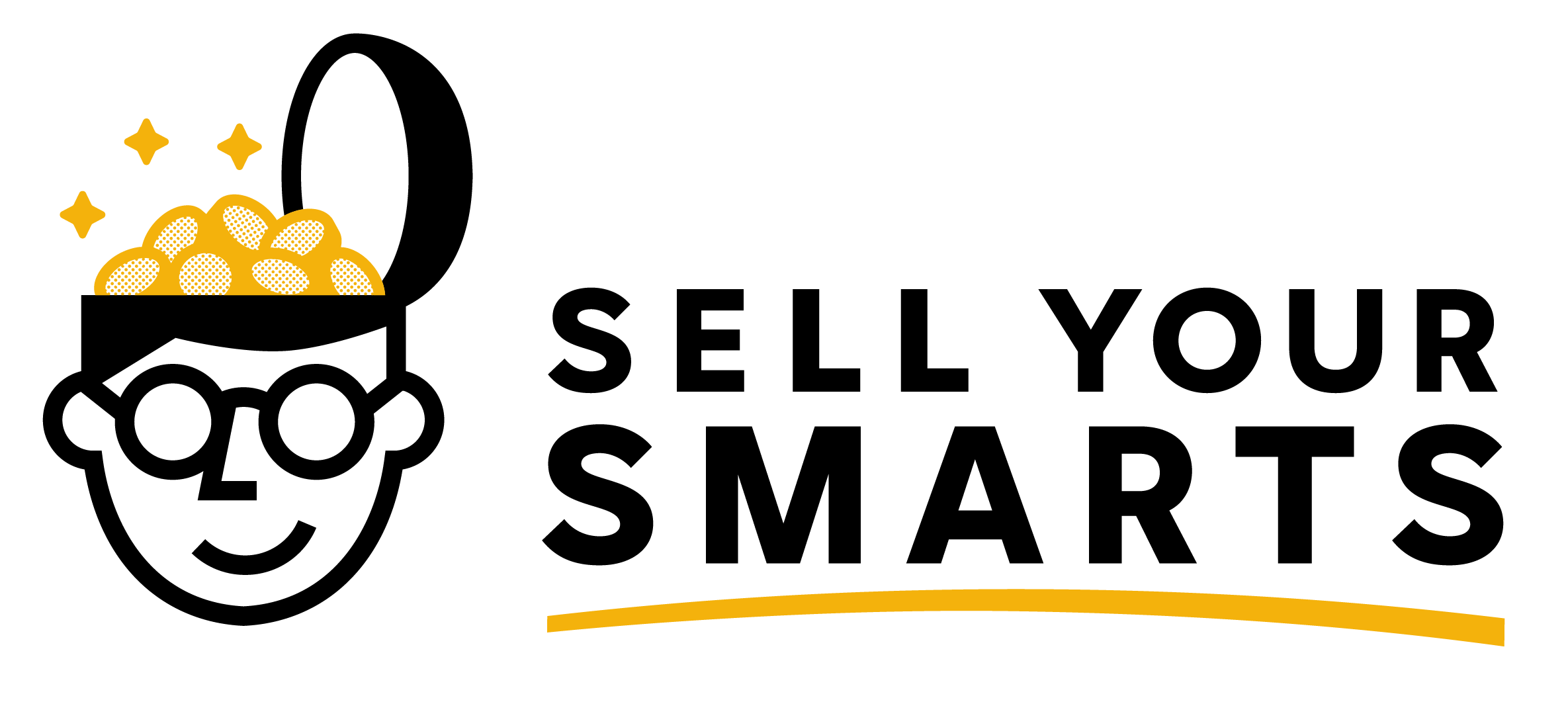What's the Alternative? ️🤷♂️

If a potential customer does not buy your product, what happens?
If they ignore their problem, will it get worse? How else will they try to solve the problem, other than learning from you?
These questions are the start of identifying your product's alternatives, which can be an incredibly helpful way to understand the value of your product and how to talk about your product to potential customers, too.
Alternatives are the best way to test your Purpose Statement and create new products based on what you learn.
Your customer is currently doing something to solve the problem you want to help them with. What have they tried so far?
Technically, this would include your competitors but often a list of "alternatives" includes products or services that wouldn't typically register as competitors if you just focused on those.
For example, if you're "helping empty-nesters rediscover love in their marriage" they may be solving that problem (poorly) through social media activity, drinking with friends, or other activities I won't mention here.
They may also be going to therapy or reading books on healthy relationships, so not all alternatives are bad.
You need to list the most common alternatives, and then determine what makes your solution different so you know where you fit.
If you can't come up with alternatives, that may mean your solution is out of touch with what your people desire—or it may mean you need customer research to learn how your target customer responds to their problems right now.
Three Dead-End Alternatives
Beyond specific alternative products, I've found it helpful to count the cost of three dead-end alternatives. These common paths to failure in every industry.
To illustrate these three paths with an example, I'll use my own purpose: "I help experts turn wisdom into wealth by building a thriving online education business."
I think the three paths to failure are far more likely than solving your problem with an alternative solution like a coach or a course (which is why I want to help):
- Do Nothing. If your target customer doesn't try to solve the problem at all, what happens? If the answer is nothing serious, you probably aren’t focused on solving the right problem.
There should be a tragic story here, of pain and loss that is avoidable.
If my target customer does nothing, they will stay stuck with the same income ceiling and an overflowing calendar—building a "wealth of knowledge" that they never get to cash in and their wisdom dies with them, without reward. - Do It Wrong. What do most people do to solve the problem you're working on, that doesn't work well?
Is there a common practice in your industry that you think is inefficient or ineffective? A waste of time and money that your target customer will pay?
For my customer, I've named this "Death by a thousand ebooks" where most people start by selling a low-priced product but they go broke or burnout before they see any meaningful profit. - Do It Yourself. If your target customer decides to solve their problem on their own, can they? If so, will it be simple and easy? What will they miss out on, because they don’t have your help?
For Thrive School PRO, here's how I illustrate that:
conversion cost to turning your wisdom into wealth

averageyears
dollars12-week accelerator program for $10,000
you would prefer a more balanced approachjoin Thrive School PRO
That last paragraph is a pivot to position my way as the balanced choice. You could also position your product as the way to "Do It Right."
Your target customer wants you to have the best solution to their problem. They're stuck, and they secretly hope you have the answer key.
You can show them you get the alternatives by defining them, as well as defining a success path or simply defining success (as I do with a Seven Figure School).
What about you? What are your alternatives?
